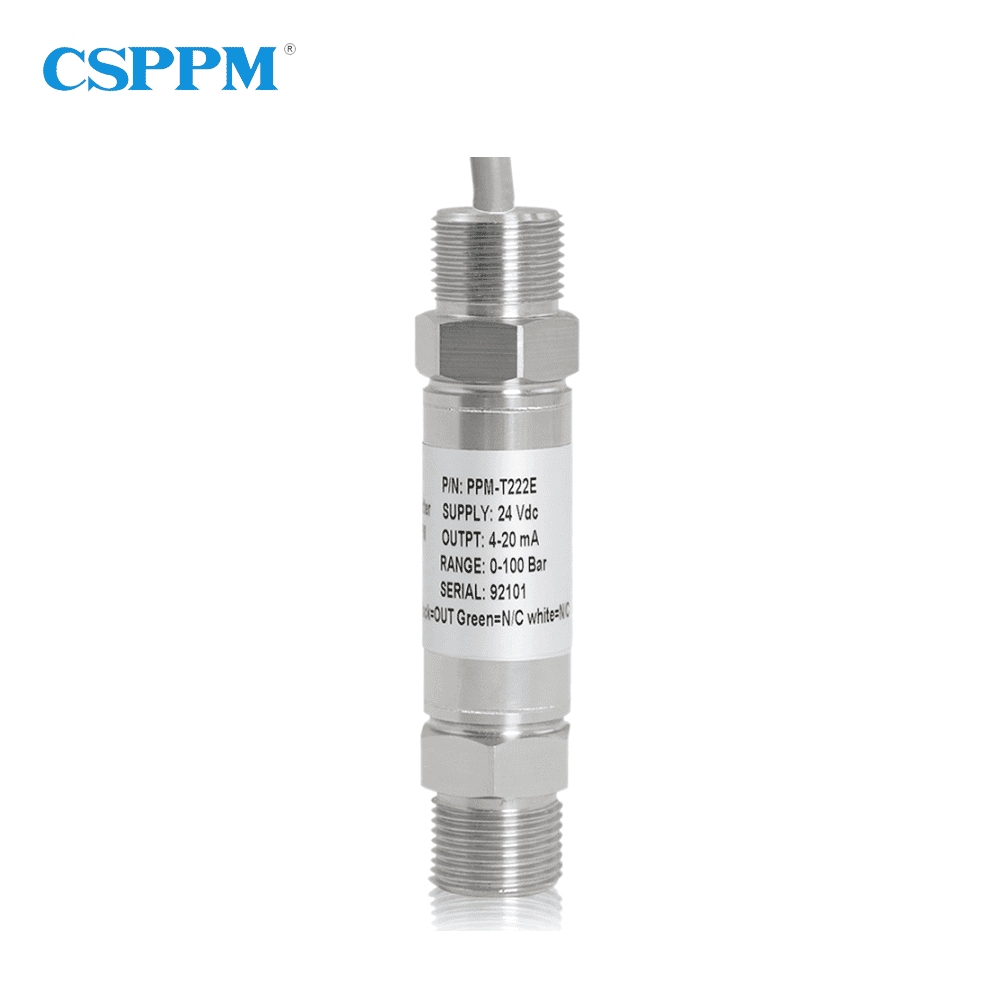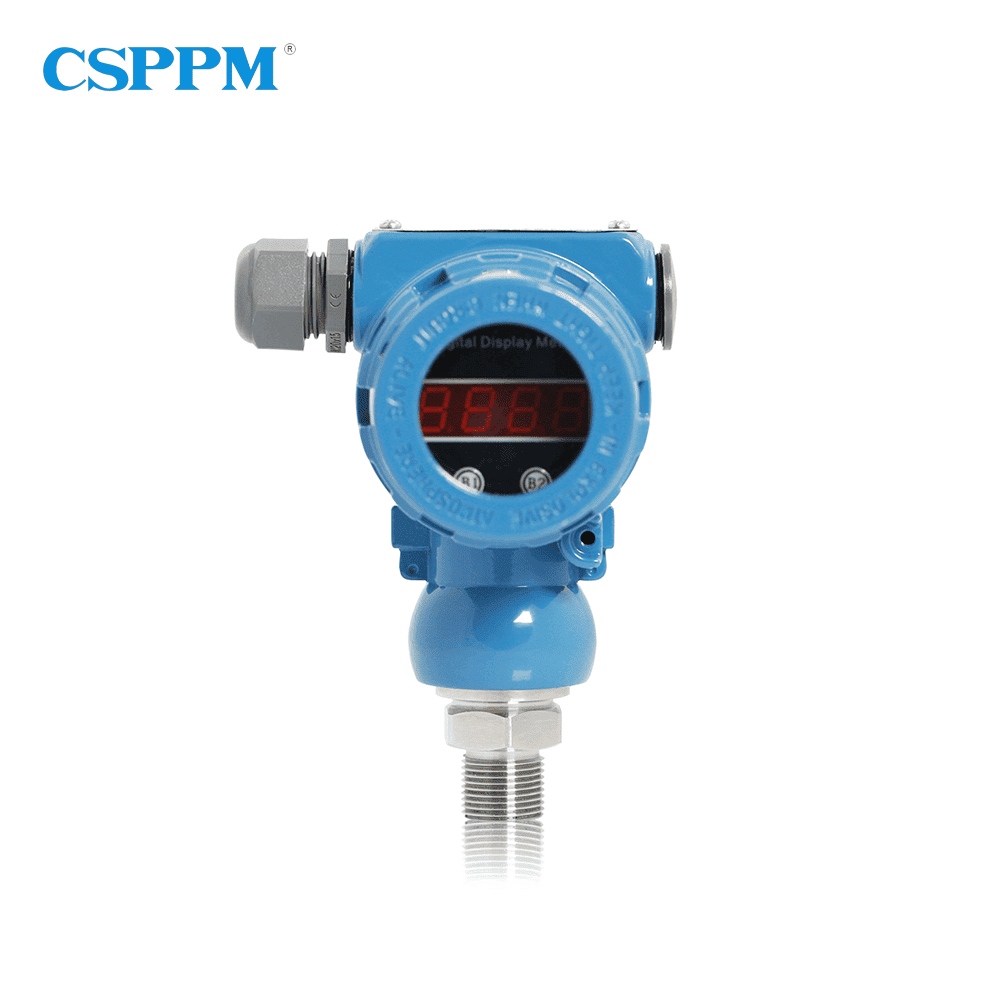Imagine walking into an industrial site—machines are buzzing, and pressure sensors are silently working in the background. But what if these sensors fail? According to recent data, 30% of industrial accidents are linked to sensor failures. This is where the explosion proof pressure sensor comes into play. These devices are specifically designed to operate in volatile environments, ensuring safety and reliability.

Traditional Solution Flaws
Many industries often rely on outdated sensor technologies that are not suited for hazardous areas. Traditional sensors can lead to catastrophic failures-due to inadequate protection against explosions or corrosion. The stats don’t lie—over half of the accidents that occur in industrial facilities are due to malfunctioning pressure sensors. These classic technologies lack the durability and precision needed in dangerous settings, leaving much to be desired.

New Technology Principles
But there’s hope. Modern explosion proof pressure sensors utilize advanced materials and design principles—often integrating microelectronics and robust casings that can withstand extreme conditions. This is not just a marketing ploy; it’s about adopting technology that meets rigorous standards, ensuring that each component is ready to handle explosive gases or vapors without failing. It’s lighter, stronger, and does the job well, bringing peace of mind to operation managers.
Quantified User Benefits
The benefits of switching to an explosion proof pressure sensor are substantial. Users report a 40% decrease in maintenance costs due to fewer sensor failures and a dramatic improvement in operational efficiency. In addition, these devices often have an extended lifespan compared to traditional sensors—meaning less frequent replacements. Why settle for less when you can ensure your workplace is safer and more productive?
Conclusion: Evaluation Metrics
Thinking about upgrading your sensors? Always verify these 3 metrics when choosing solutions: ① Durability ② Compliance with safety standards ③ Ease of integration. Making a well-informed decision can significantly impact your facility’s safety and efficiency. So, make that leap—you won’t regret it!
Understanding Low Power Pressure Sensors
Have you ever considered the role of a low power pressure sensor in streamlining energy consumption? These devices are designed to operate efficiently without sacrificing performance. Particularly in remote or battery-operated setups, a low power pressure sensor low power pressure sensor supports sustainability initiatives without compromising on accuracy. The technology used in these sensors ensures that they can deliver accurate readings while consuming minimal power, making them ideal for applications in hazardous environments where energy resources are limited.
Exploring Atex Pressure Sensors
If the safety of your operations is your priority, an atex pressure sensor can make a significant difference. These specially certified devices are designed for use in explosive atmospheres, ensuring compliance with European safety regulations. Using an atex pressure sensor ensures that your equipment meets strict guidelines, thus minimizing the risk of explosions in environments with flammable gases or dust. With their robust construction and reliable performance, atex sensors can enhance both safety protocols and operational efficacy. It’s a small investment that could yield enormous safety returns!
In summary, explosion proof pressure sensors are pivotal in ensuring safe and efficient operations in hazardous environments. By learning about low power pressure sensors and atex certified options, you can make a more informed decision that aligns safety, efficiency, and sustainability. If you’re looking for a manufacturer with commendable supply advantages, consider CSSPM Sensor. Their commitment to quality and innovation positions them as a reliable partner in your industrial needs.


